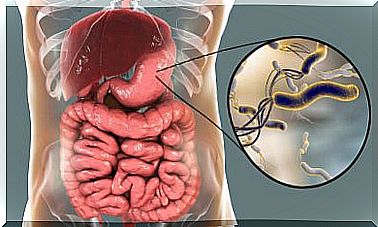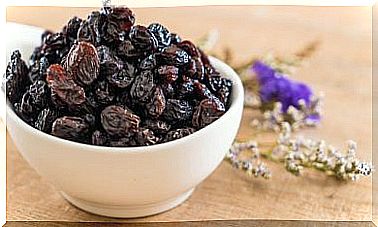Flumil, The Most Common Antimucolytic
Among the most used products to facilitate expectoration and reduce nasal discharge is flumil, which in fact is the most common antimucolytic.
In pharmacies it is usually found in various presentations for children and adults, respectively. It is usually in the form of effervescent tablets, granules for oral solution (the famous “powders”), and oral solution.
It is possible that you have ever heard of it or have taken it as an adjunctive treatment to alleviate respiratory processes that occur with excess mucus or thick mucus.
For patients with acute and chronic bronchitis, as well as patients with ephysema, chronic obstructive disease (COPD), atelectasis, and other respiratory complications, it is a familiar drug, since it is often indicated.
What is its composition?
Flumil is mainly composed of acetylcysteine, a drug indicated in respiratory processes such as acute and chronic bronchitis, emphysema and chronic obstructive pulmonary disease, among others that we have already mentioned above.
Its chemical structure allows it to decrease the viscosity of mucus without increasing its volume. This activity makes flumil a mucolytic agent par excellence when we have a cold , for example .
How does flumil work?

The viscous consistency of mucus is due to disulfide bonds that form between molecules. Flumil breaks the bonds and lowers the viscosity of this substance. Acetylcysteine also normalizes the function of the ciliated mucous cells, making it easier to remove fluid.
Useful for both children and adults, flumil is administered orally. It should always be done by indication of a specialist who will determine if its use is possible and in what dose.
Importantly, since only 30% of this drug is eliminated via the kidneys, it is contraindicated during pregnancy and lactation.
It is usually recommended to drink plenty of fluids during treatment and refrigerate the medicine at temperatures below 30 ºC. By drinking plenty of water throughout the day, the mucus thickens and this facilitates its expulsion.
Contraindications and precautions

Acetylcysteine, the active substance in flumil, is a derivative of an amino acid called cysteine . For this reason, in case of allergy or hypersensitivity to cysteine-related compounds, avoid using this drug.
- If you experience nausea, vomiting, hives, headache, or fever after use, stop immediately.
- Flumil is also contraindicated in gastrointestinal ulcer and asthmatic patients or patients with severe respiratory failure.
- Cough suppressants should not be administered together with flumil, as they inhibit coughing and this can make it difficult to clear secretions.
- By administering acetylcysteine together with antibiotics such as amphotericin B, ampicillin sodium, and cephalosporins, they can be inactivated.
- Acetylcysteine also reacts with metals such as iron, nickel, and copper, as well as rubber. Contact with materials that contain them should be avoided.
- Flumil can cause drowsiness, in which case driving and the use of heavy machinery should be avoided.
Although the adverse effects of flumil are rare, in some cases it can cause abdominal pain, stomatitis, diarrhea, and epigastric burning. Therefore, if you experience discomfort, it is best to go immediately to the doctor for a check-up.
Other remedies to deal with congestion
Apart from mucolytics, there are other very simple options to help the expulsion of mucus, such as drinking plenty of water and maintaining a balanced diet, rich in fresh foods, such as fruits.
Additionally, to alleviate nasal congestion and improve the immune system, it is possible to resort – after consultation with the doctor or pharmacist – to some more natural remedies, such as sea water that helps to thin the mucus and facilitate its expulsion.
Another option is natural syrups with honey and propolis, which relieve and improve defenses. There are also balms that we can apply on the chest or mist that immediately relieve congestion in the nasal passages.









